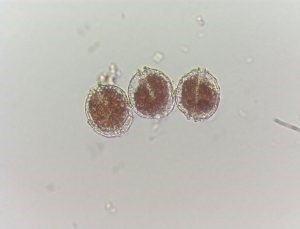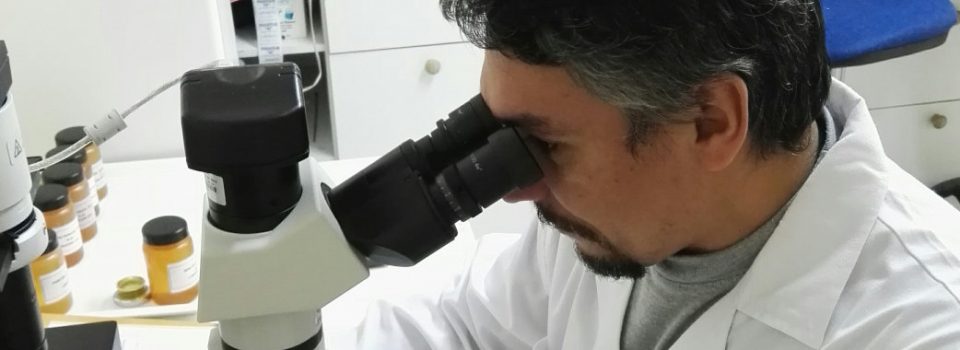National Fjords Red Tides Workshop
June 17th, 2020 Telematically organized by Fisheries Development Institute Aquaculture Research Division,
Telematically organized by Fisheries Development Institute Aquaculture Research Division,
Friday 12th, between 09.00 and 12.00, RED TIDE MANAGEMENT AND MONITORING PROGRAM IN THE FJORD SYSTEM IN CHILE, XIII STAGE, YEARS 2019-2020 closing workshop will be telematically held led by Dr. Leonardo Guzmán.
Research started in May 2006, and has been ongoing until now. Its main objective is to have a timely system of periodic sampling, harmful microalgae and marine toxins detection and quantification according to southern Chile fjords and channels geographical reality. This research is part of the Basic or Permanent Program, according to Fisheries and Aquaculture law established framework which is executed by Fisheries Development Institute in agreement with the Economy Undersecretariat and Smaller Companies, acting as technical counterpart to the Fisheries. and Aquaculture Undersecretariat .
The investigation is carried out covering national fjords and channels entire extension, between Reloncaví Estuary in Los Lagos region, up to Mariotti islets, in the extreme south of Magallanes and Chilean Antarctic region. It currently has 228 sampling sites, which are visited periodically, with 9 smaller vessels support, to collect samples of water, phytoplankton, shellfish, as well as hydrographic and meteorological information. The samples of shellfish to evaluate marine toxins are analyzed in Regional Ministerial Secretariats of Puerto Montt, Puerto Aysén and Punta Arenas laboratories.
The workshop includes 6 presentations with data that span a period of 5 to 12 years, covering all or sectors of southern Chile fjords and channels, considering various aspects such as spatial-temporal configurations of phytoplankton microalgae species between 2007 and 2019 by Dr. Gemita Pizarro, phytoplankton assemblies comparison between two depth strata in the Patagonian fjords northern end using a 5-year series, by Dr. Rodrigo Martinez; For the same geographic sector, a presentation only referred to harmful dinoflagellates by Dr. Javier Paredes, which addresses a series of time that begins in 2013; Next, 5 harmful taxa of Alexandrium, Dinophysis and Protoceratium distribution and abundance in fjords and channels between 2007 and 2019 by Dr. Leonardo Guzmán will be addressed; In addition, a new contribution will be made to the distribution and abundance of dinoflagellate resistance cysts in superficial sediments in Los Lagos, Aysén and Magallanes regions, by Dr. Pablo Salgado, and finally, a presentation on a harmful species of genus. Karenia, touching on various biological aspects, and which has caused problems, since late 1990s, to productive activities and affected the country southern macrozone ecosystems.
